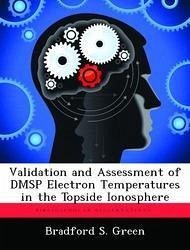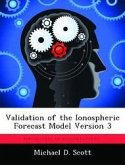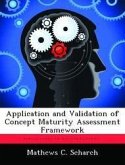Geomagnetic disturbances in the near earth space environment can adversely affect numerous military and Department of Defense (DoD) systems and operations. To improve the prediction accuracy of such disturbances, the Global Assimilation of Ionospheric Measurements (GAIM) working group is spearheading an effort to incorporate near real-time ionospheric measurements into the next generation of space environment forecast models. Since the model software is designed to automate the data ingest process, the need arises to examine and validate the quality of such measurements before being assimilated into such a model. One such measurement to explore, which is the focus of this research, is the Defense Military Satellite Program (DMSP) measured electron temperature (Te). DMSP Te data were validated against near simultaneous incoherent scatter radar (ISR) Te measurements from Millstone Hill, MA and Sondrestrom, Greenland for a select 43 conjunctions between Winter 1996 and Summer 2000. DMSP Te measurements for a given overpass were averaged, while ISR Te values were either averaged or extrapolated, depending on the ISR mode, to determine Te comparison values. In some cases, instrument related anomalies produced unreliable measurements. Of the 37 Millstone and six Sondrestrom conjunctions compared, DMSP Te values exceeded ISR Te values by an average of about 25 percent, which is nearly three times the mean ISR uncertainty. Photoelectrons collected by the DMSP Electron Probe contaminated Te values particularly during solar minimum.
Hinweis: Dieser Artikel kann nur an eine deutsche Lieferadresse ausgeliefert werden.
Hinweis: Dieser Artikel kann nur an eine deutsche Lieferadresse ausgeliefert werden.








